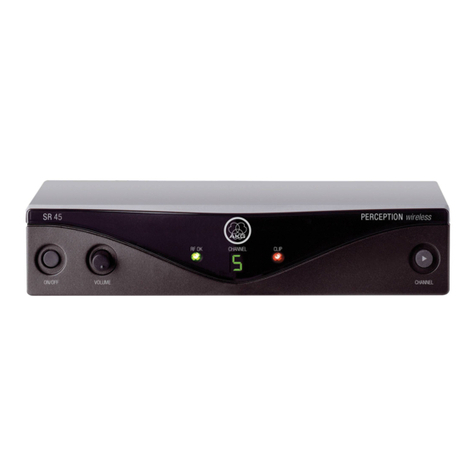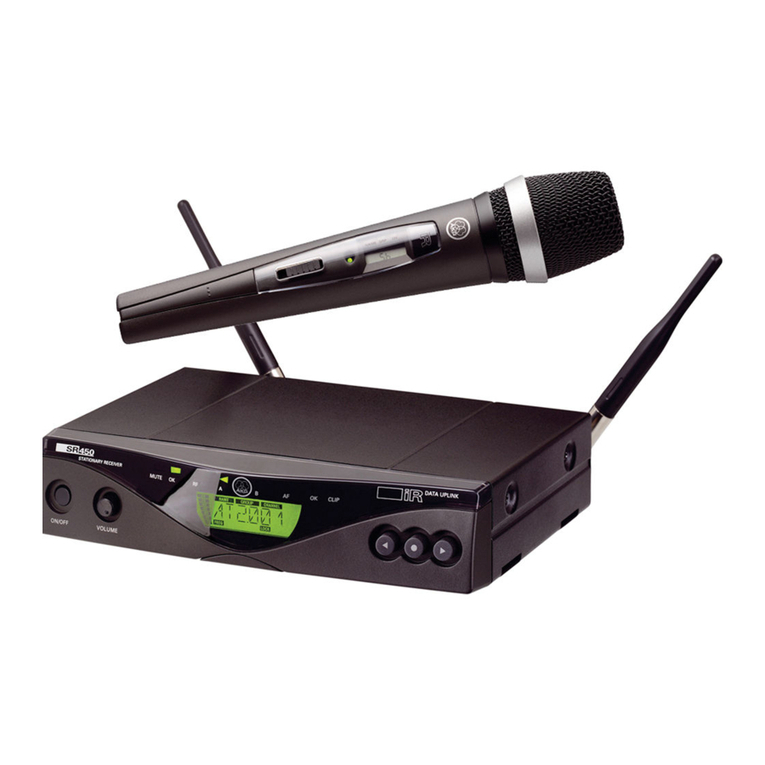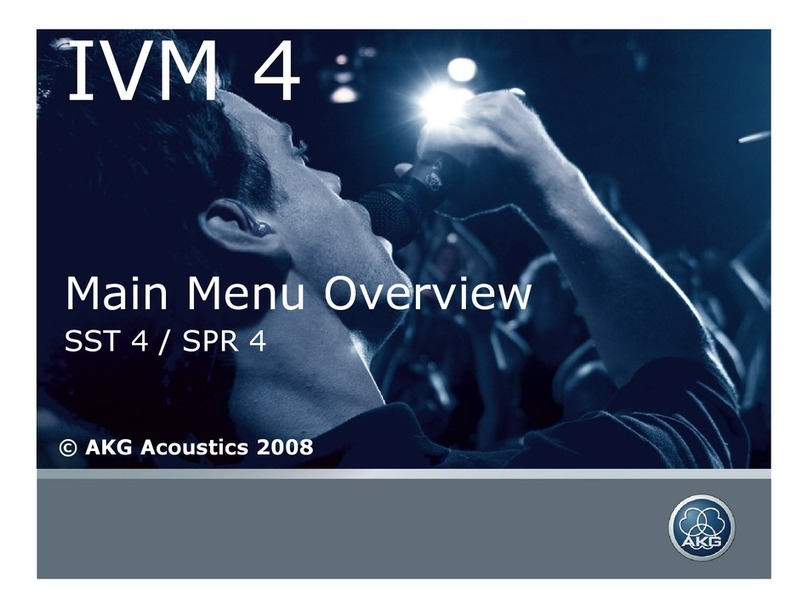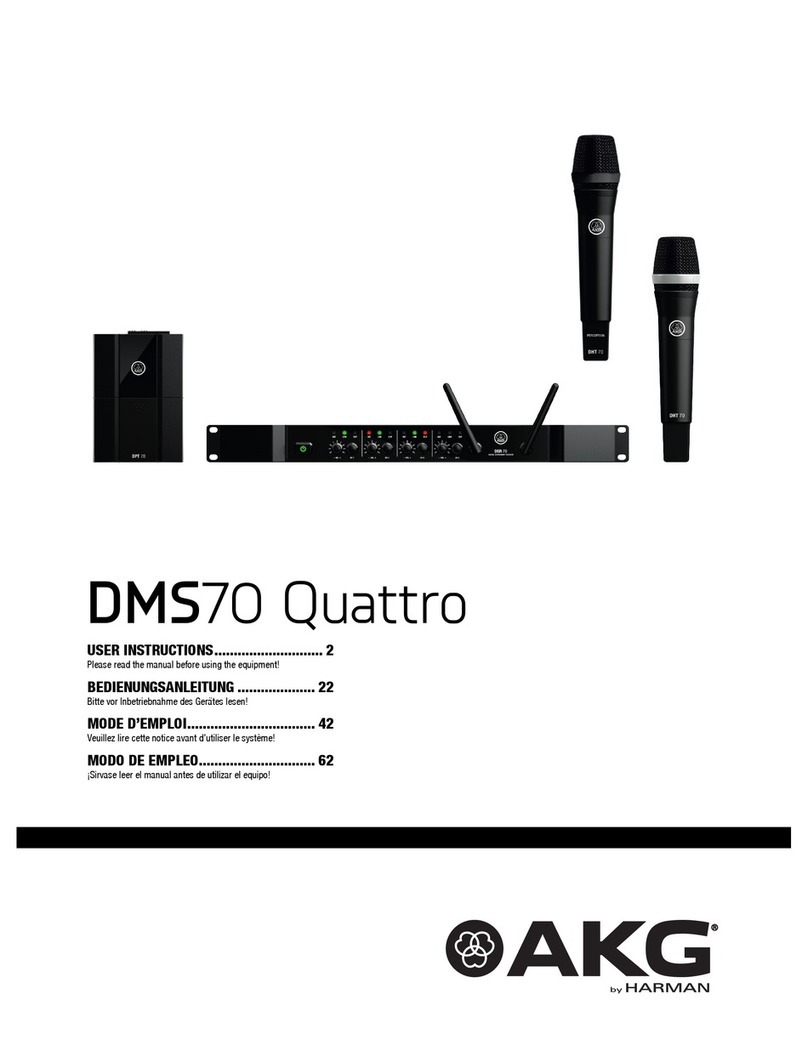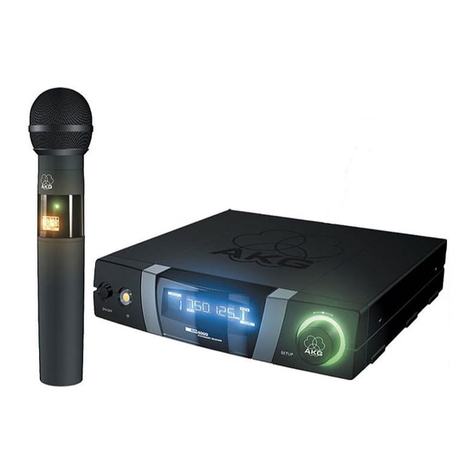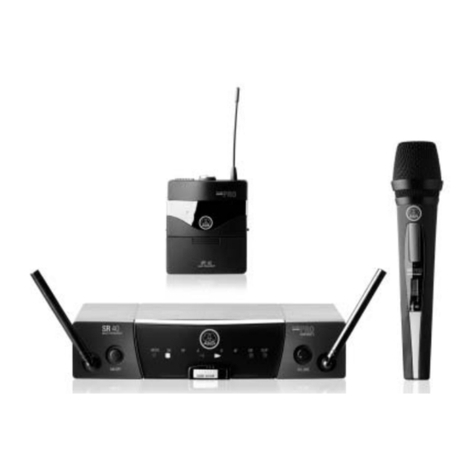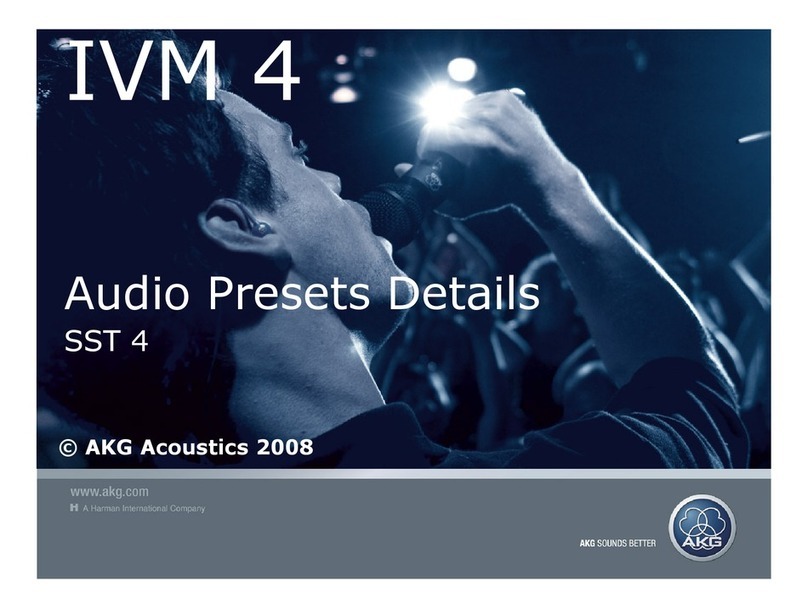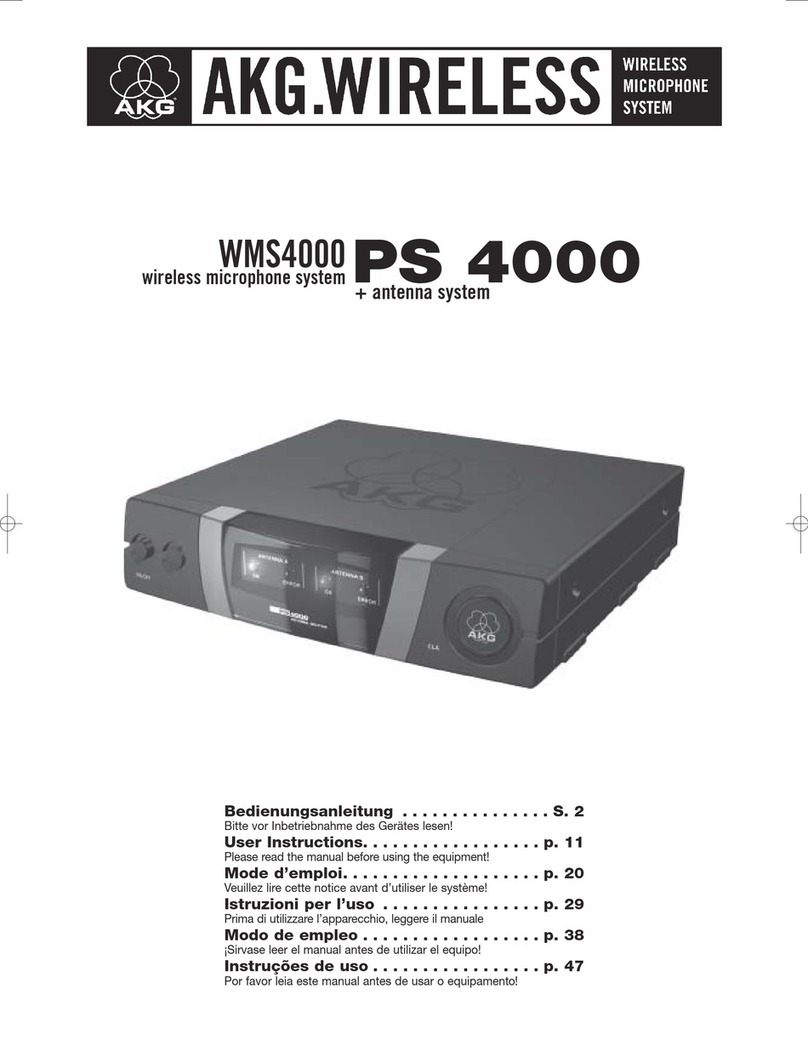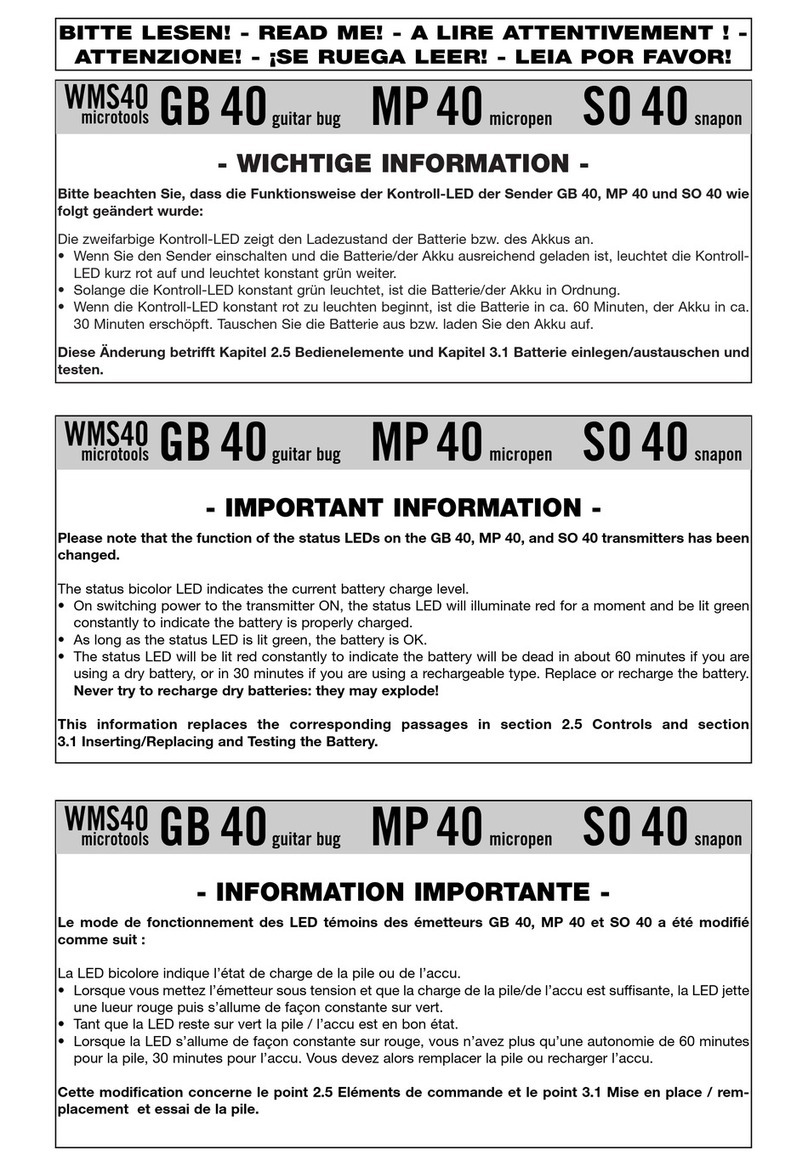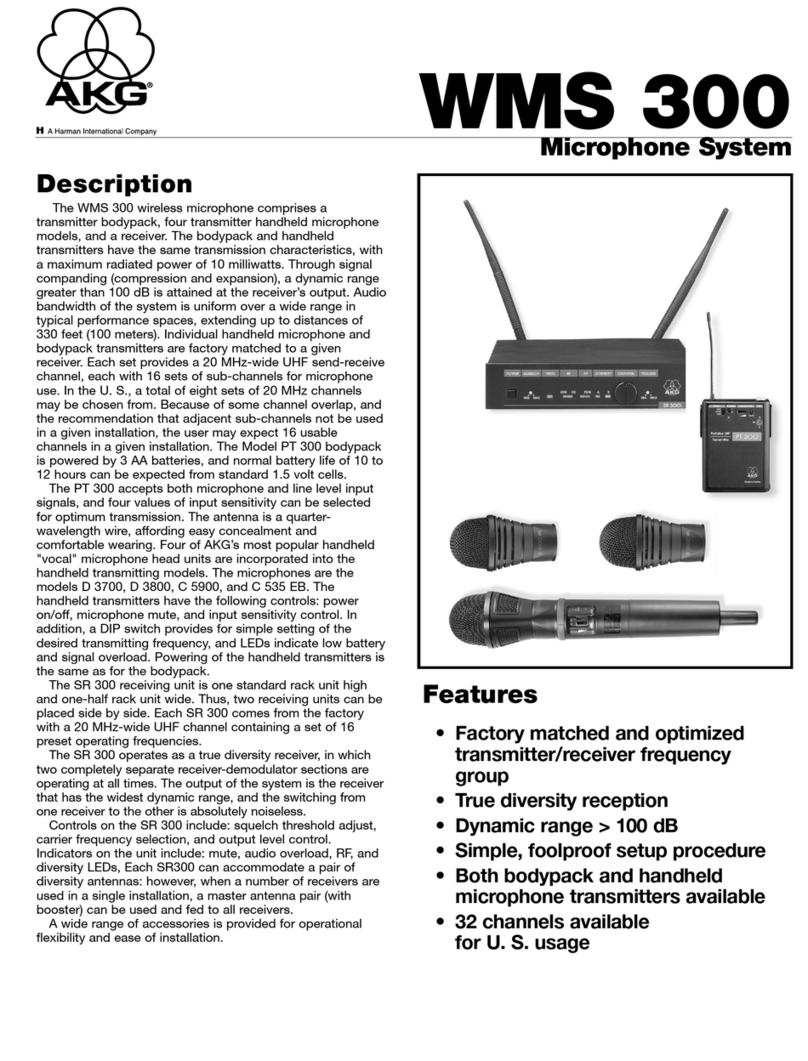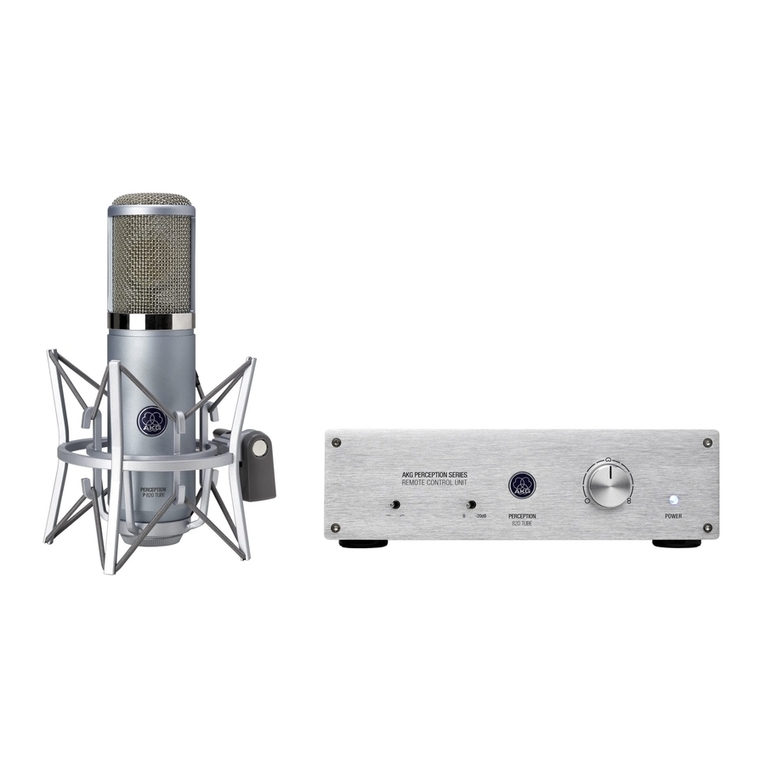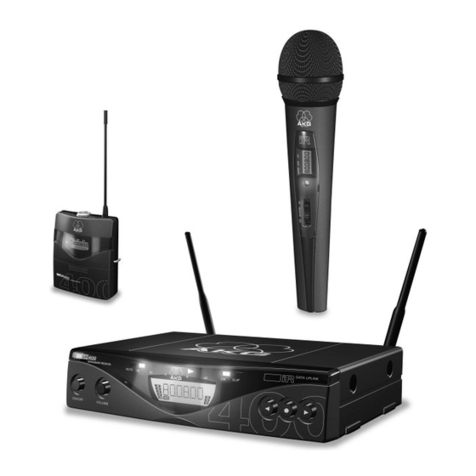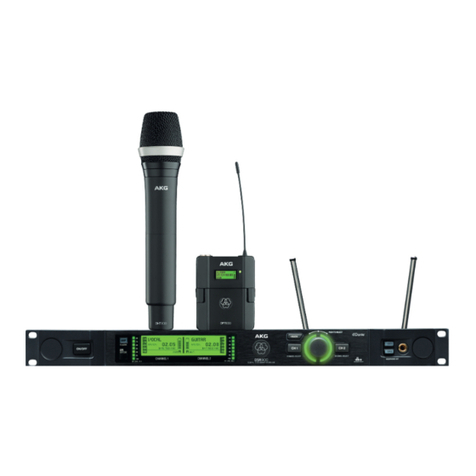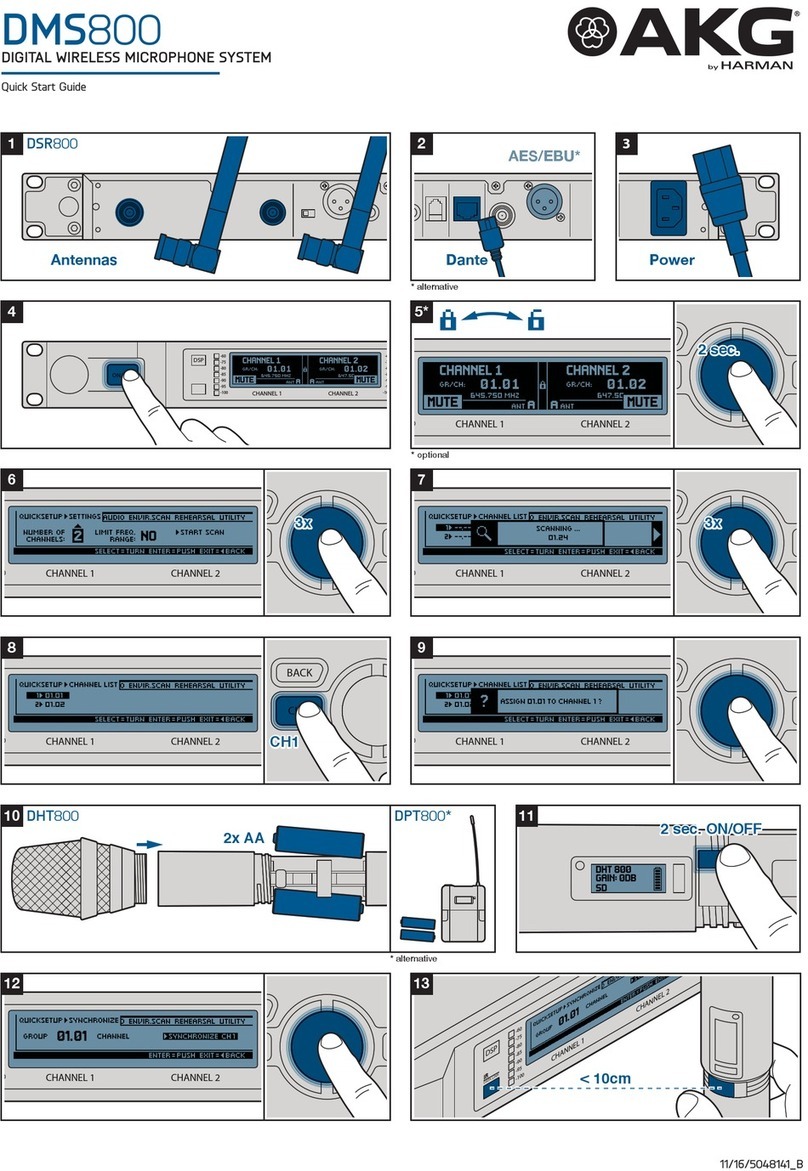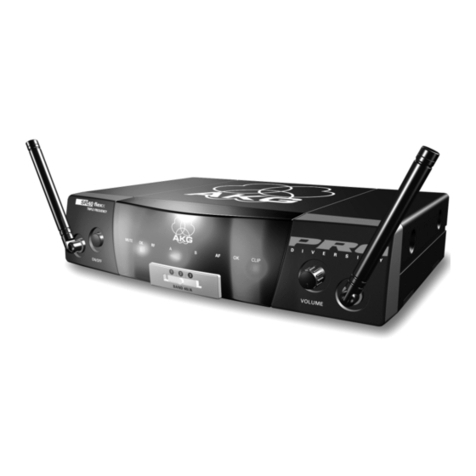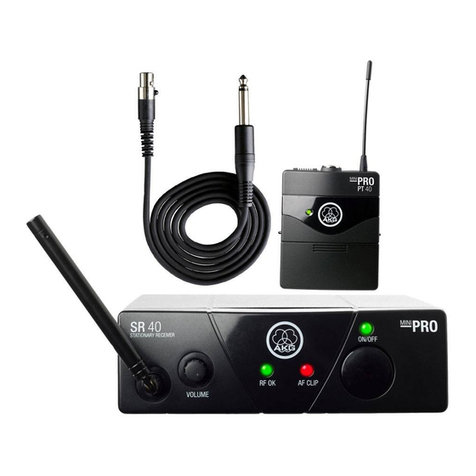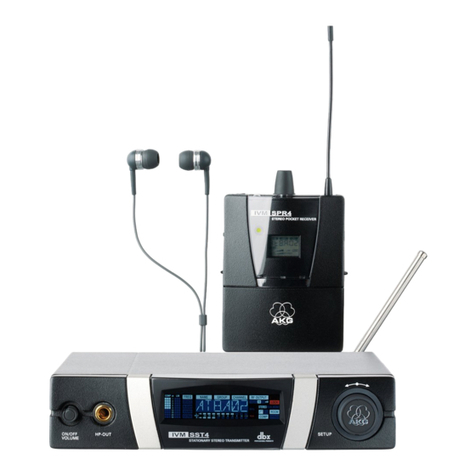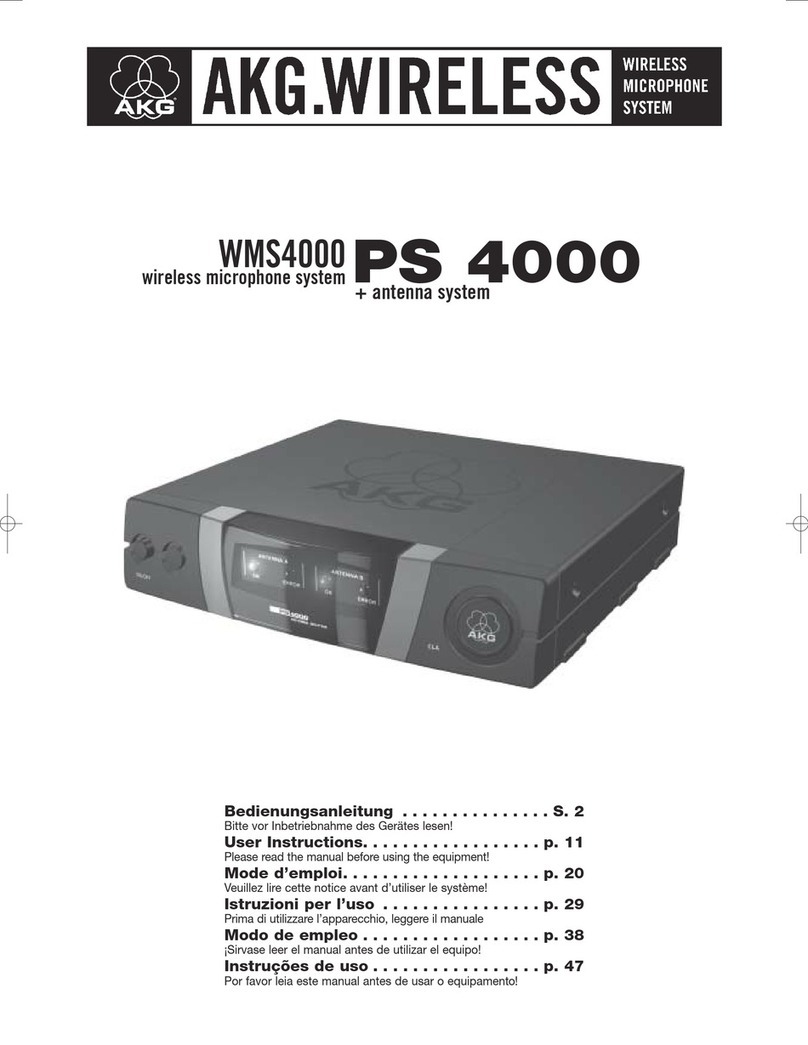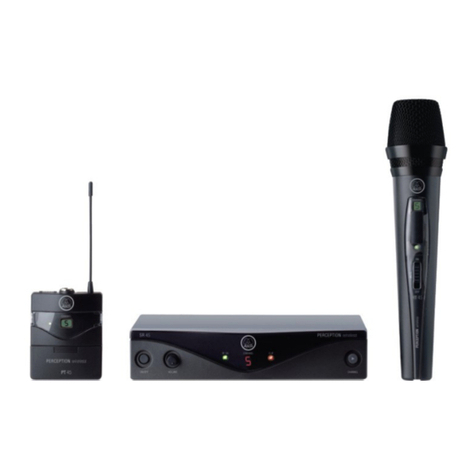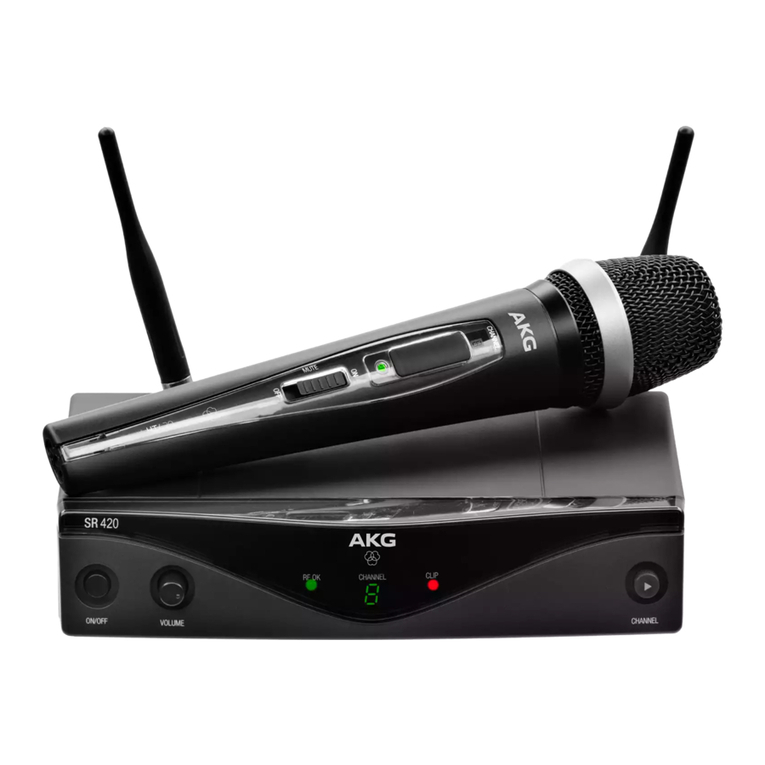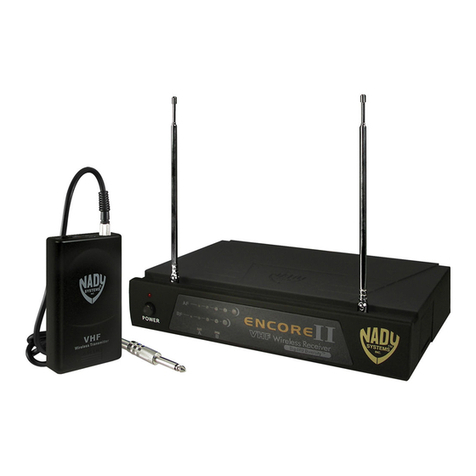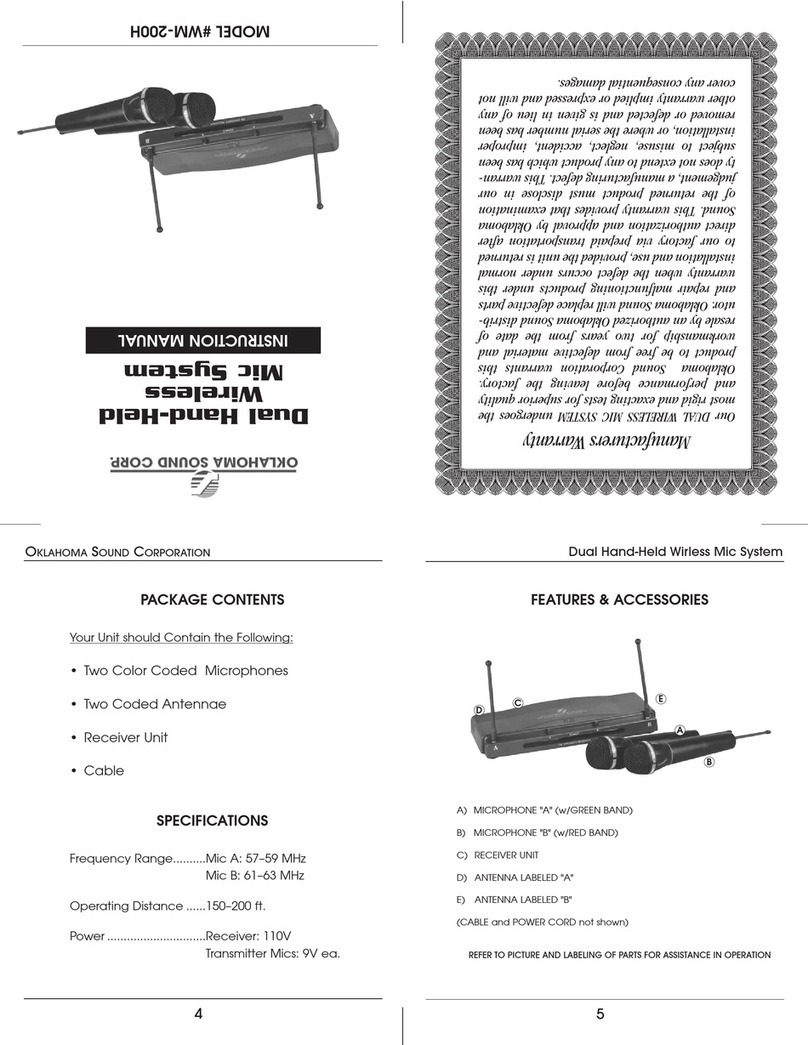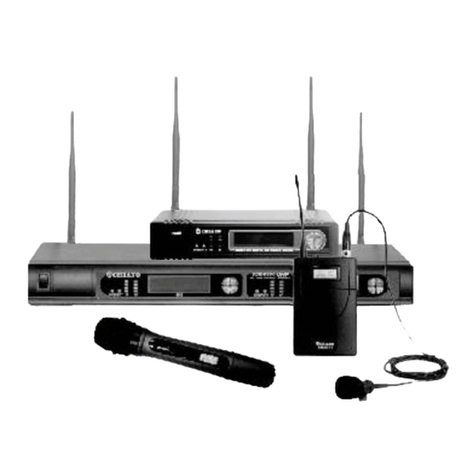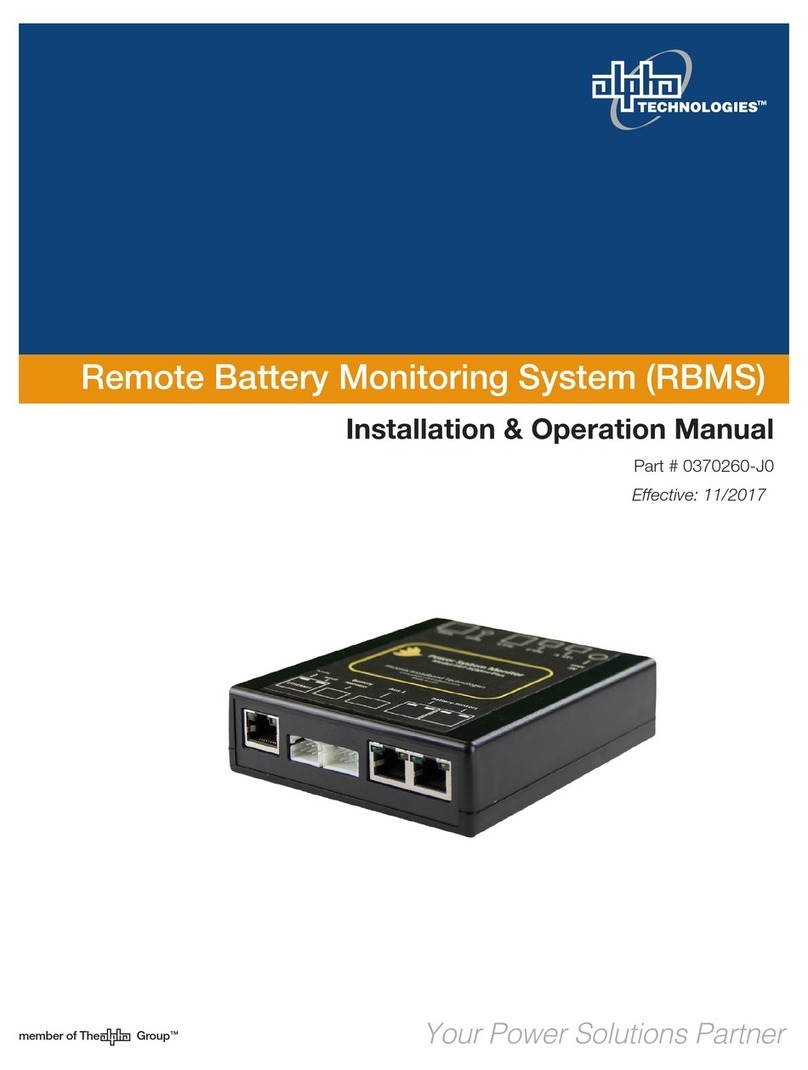2 DMSTetrad
Table of Contents
1Safety and the environment.......................................................................................3
Safety..........................................................................................................................3
Environment ................................................................................................................3
2Description.................................................................................................................4
Introduction .................................................................................................................4
Scope of delivery..........................................................................................................4
Optional accessories ....................................................................................................4
Receiver DSRTetrad .....................................................................................................4
Front panel ............................................................................................................5
Rear panel.............................................................................................................6
DHTTetrad D5 handheld transmitter ..............................................................................7
Controls.................................................................................................................7
DHTTetrad P5 handheld transmitter...............................................................................8
DPTTetrad bodypack transmitter ...................................................................................9
Controls.................................................................................................................9
Microphones, instrument cable .............................................................................10
3Installation and Connection .....................................................................................11
Attaching antennas ....................................................................................................11
Attaching antennas to the rear panel .....................................................................11
Attaching antennas to the front panel on the rack brackets.....................................11
Positioning the receiver ..............................................................................................11
Rack assembly...........................................................................................................11
Connecting the receiver to the mains voltage...............................................................12
Connecting the audio outputs of the DSRTetrad receiver...............................................12
Connecting the receiver to a balanced input...........................................................12
Connecting the receiver to a speaker.....................................................................12
4Setting up ................................................................................................................13
Setting up the receiver................................................................................................13
Inserting and testing batteries in the handheld transmitter DHTTetrad............................13
Inserting and testing batteries in the pocket transmitter DPTTetrad ...............................13
Identifying the channel and/or appliance......................................................................14
Assign the transmitter to a free channel or change the channel.....................................14
Registering a new transmitter on the receiver ..............................................................14
Setting up the handheld transmitter.............................................................................15
Setting up the pocket transmitter ................................................................................15
Connecting a microphone .....................................................................................15
Connecting an instrument.....................................................................................16
Adjusting the audio level on the receiver......................................................................16
Adjusting the internal interference protection ...............................................................16
Switching off the DMSTetrad system...........................................................................16
5Microphone technique.............................................................................................17
DHTTetrad handheld transmitter..................................................................................17
Working distance and proximity effect ...................................................................17
Angle of incidence................................................................................................17
Feedback.............................................................................................................17
Backing vocals.....................................................................................................17
DPTTetrad bodypack transmitter .................................................................................18
C111 LP ear hook microphone..............................................................................18
Putting on the microphone....................................................................................18
Windshield...........................................................................................................18
Moisture shield ....................................................................................................18
6Cleaning...................................................................................................................19
Cleaning the surfaces.................................................................................................19
Internal windshield of handheld transmitter..................................................................19
7Troubleshooting.......................................................................................................20
8Technical data .........................................................................................................21
Table of Contents
